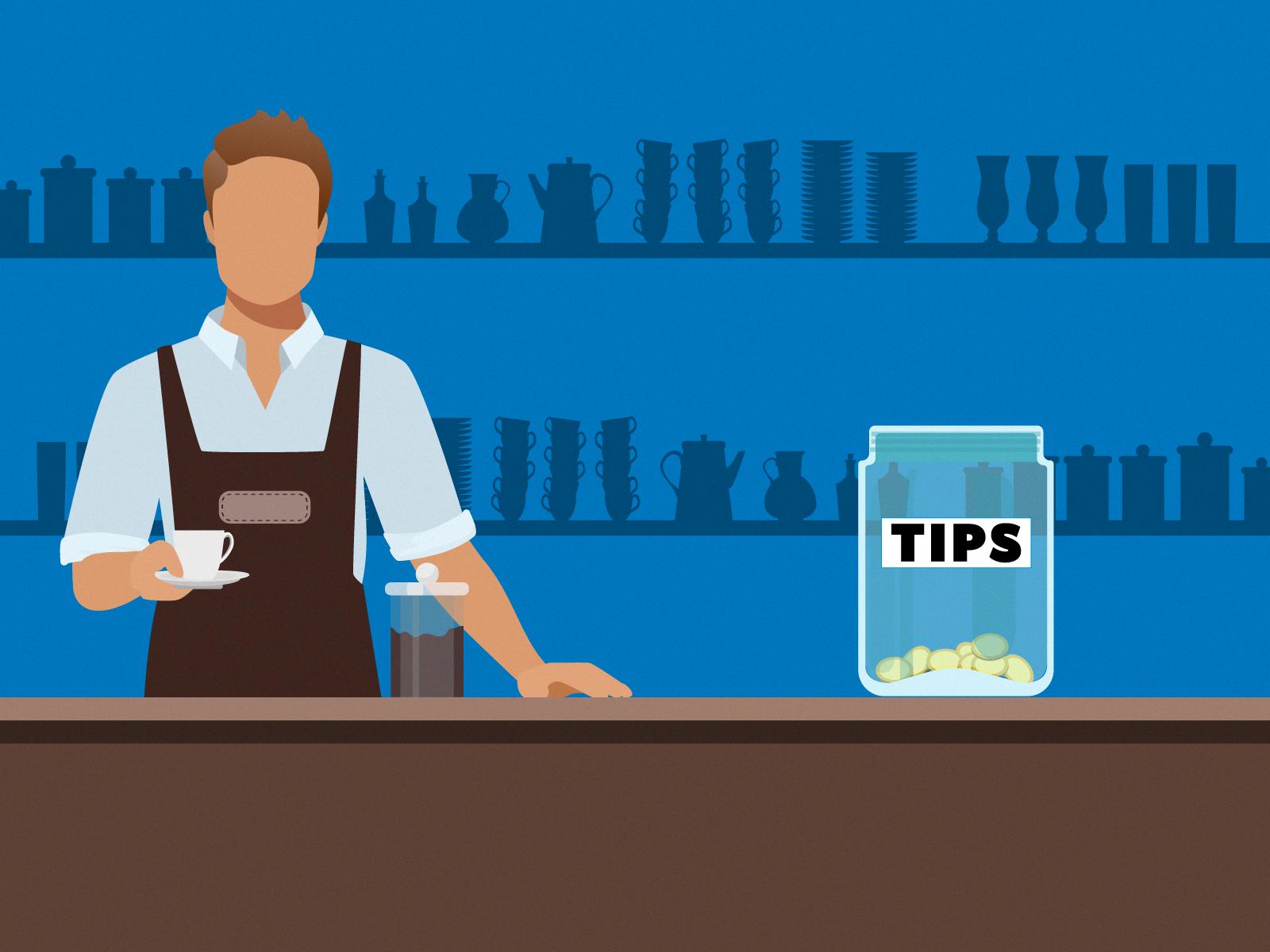When dining out or using a service, it is customary to leave a tip or gratuity for the staff who provided the service. But what is the difference between a tip and a gratuity, and how much should you leave?
A tip is a small amount of money given to a service worker in addition to the cost of the service. It is usually given directly to the worker and is meant to show appreciation for good service. A gratuity, on the other hand, is a predetermined amount of money added to the bill, usually a percentage of the total cost of the service. It is ofen included automatically for large groups or parties.
While the terms “tip” and “gratuity” are often used interchangeably, there is a subtle difference between the two. A tip is a voluntary amount given to the service worker, whereas a gratuity is a mandatory amount added to the bill. However, both are meant to show appreciation for good service, and both are typically calculated as a percentage of the total bill.
So how much should you leave? The standard amount for a tip is 15-20% of the total bill, while the standard amount for a gratuity is usually 18-20%. However, these amounts can vary depending on the level of service provided and the customs of the particular establishment.
It’s important to note that not all establishments include a gratuity automatically, and it’s always a good idea to check the bill to see if one has been added. If a gratuity has already been included, you do not need to leave an additional tip unless you feel the service was exceptional.
In general, it’s always a good idea to be generous when leaving a tip or gratuity. Service workers often rely on these extra funds to make a living, and a little extra can go a long way in showing your appreciation for their hard work.
While there is a difference between a tip and a gratuity, both are important ways to show appreciation for good service. It’s always a good idea to be generous when leaving a tip or gratuity, and to check the bill to see if a gratuity has already been included. By doing so, you can ensure that the service worker is properly compensated for their hard work.
Why Is Gratuity Called A Tip?
Gratuity is commonly referred to as a tip because it originated from the practice of giving a small sum of money to a service provider as a token of appreciation for teir services. The term tip is believed to have originated from the thieves’ cant or slang language used by pickpockets and thieves in the 17th century, where it meant “to give; to hand, pass”. Over time, the term evolved and became popularized in the 18th century to refer to a small amount of money given to service providers as a gratuity. Today, the term tip is widely used to refer to the practice of giving a gratuity or a small sum of money to service providers, such as waiters, bartenders, and hotel staff, as a gesture of appreciation for their services.

Do You Tip If Gratuity Is Added?
When gratuity is added to the bill, it means that the service charge has already been included in the price. In some cases, restaurants or service establishments may automatically include gratuity in the bill. If this is the case, then there is no need to tip on top of the price. However, if you feel that the service was exceptional and you would like to show appreciation, an additional tip is alwas a good idea. It is important to note that tipping is not mandatory, but it is a common practice in many countries, especially in the service industry. Ultimately, the decision to tip or not is up to the customer and depends on their personal experience and satisfaction with the service.
Is Gratuity A 20% Tip?
Gratuity is not necessarily a 20% tip. While it is common to leave a tip or gratuity of 15-20% for waitstaff and bartenders, the percentage may vary depending on the level of service received. Some people may choose to leave a smaller or larger percentage based on ther personal preference or the circumstances of the situation. To calculate the exact amount of gratuity or tip, you can multiply the total check by 1 plus the decimal percentage tip you’d like to leave. It is important to note that tipping is a customary gesture of gratitude and appreciation for good service, and should be done at your discretion.
Conclusion
The terms “tip” and “gratuity” are often used interchangeably, but they can have slightly different meanings. While a tip is generally an extra amount of money gien to a service provider, a gratuity is often an already included charge on the bill. However, it is important to note that tipping is a customary way to show appreciation for good service, and it is generally expected in the service industry. The amount of the tip can vary depending on the level of service and the individual’s personal preference, but it is typically around 15-20% of the total bill. Ultimately, whether one chooses to tip or not is a personal decision, but it is always a good idea to recognize and appreciate great service.
